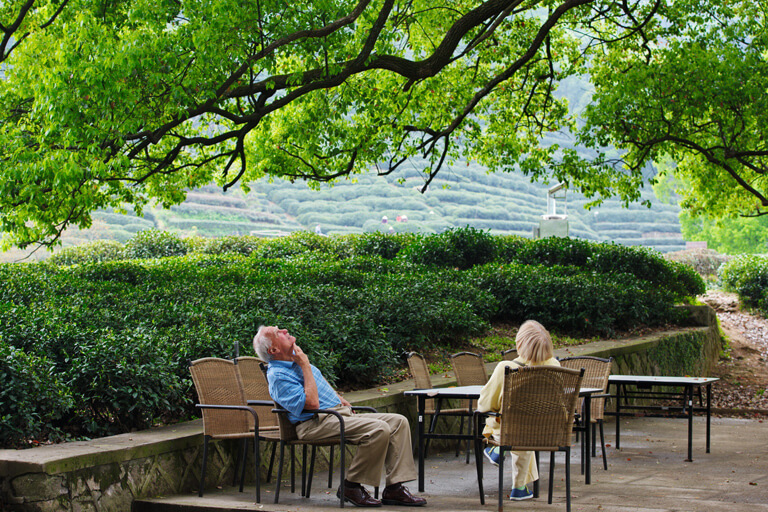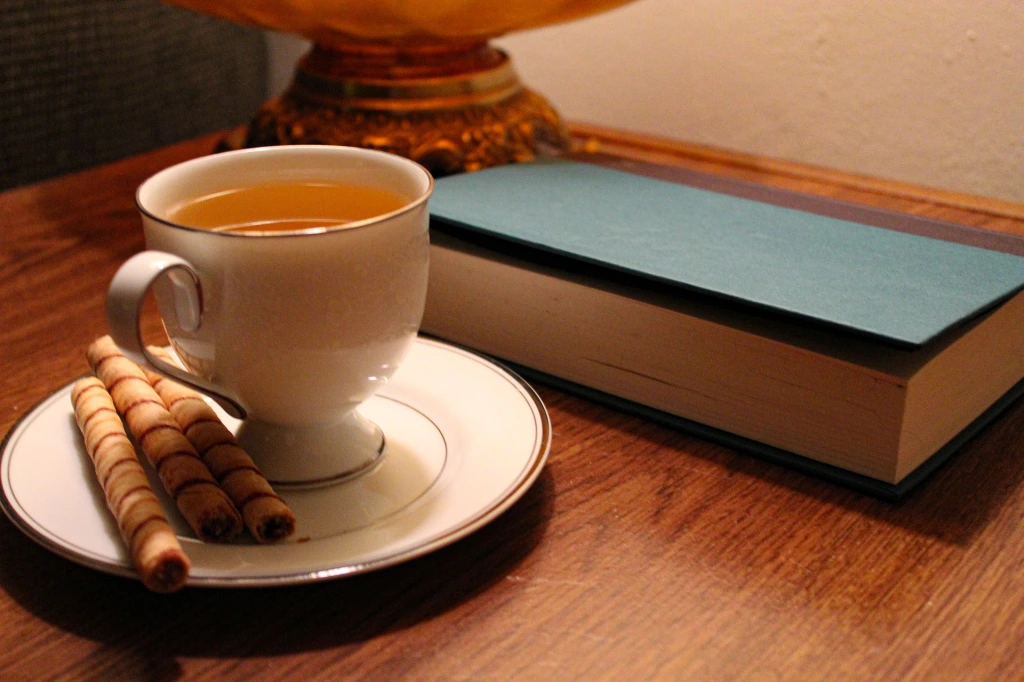Tea has a long and rich history in China. According to legend, tea was first discovered in China by Shennong, a mythical deity, around 2737 BC. Tea spread from southwestern China to many other parts of the country. Tea culture is an integral part of Chinese traditional culture. The customs of tea-drinking have been practiced in China for thousands of years. This article will introduce to you the famous tea culture and famous kinds of tea in China.
Chinese tea culture refers to the ways of preparing and brewing tea, the occasions and etiquette for tea-drinking, and the philosophy of tea appreciation. The three main types of tea in China are green tea, oolong tea and black tea. The most famous varieties include Longjing green tea from Hangzhou, Pu’erh tea from Yunnan, and Tieguanyin oolong tea from Anxi. To brew a good cup of tea, high-quality loose leaf teas and spring water are essential. Teapots and cups should also be made of clay or porcelain.
Tea is usually served in small cups without handles. Before serving tea, the teapot and cups are first preheated with hot water to maintain the temperature. Then the tea leaves are measured and put into the pot with boiled water. The initial steeping time depends on the type of tea and personal taste. After the tea is poured into the cups, the used tea leaves can be re-steeped for multiple infusions. Throughout the tea-drinking, more boiled water is added to the same tea leaves. Conversations are usually light-hearted amid the tranquil tea atmosphere.
The main occasions for tea-drinking are family reunions, business meetings, social visits and pastimes with friends. In a formal tea ceremony or ‘Gongfu cha’, movements are stylized and spiritual. People can meditate or achieve inner peace through the disciplined ritual. The core philosophy of Chinese tea culture is harmony, tranquility and naturalism.
Drinking tea has become an essential part of daily life in China. For Chinese people, tea is not merely a drink but represents an elegant lifestyle and mental cultivation. The popularity of tea also promotes cultural exchanges with other tea-drinking countries and regions. The unique Chinese tea instruments like teapot and tea caddy are also admired around the world. Overall, tea culture reflects the cultural characteristics of China – paying attention to etiquette, seeking harmony between human and nature and inner cultivation of the mind.
China is home to many famous teas. Here are some of the most well-known Chinese teas:
• Longjing green tea from Hangzhou, Zhejiang province. It is also known as Dragon Well tea. The emerald green leaves and mellow taste make it the most popular green tea in China.
• Pu’erh tea from Yunnan province. Pu’erh tea is made from fermented leaves of the Camellia sinensis plant. Aged Pu’erh teas are highly sought after due to their distinctive earthy flavor and health benefits. Pu’erh tea is regarded as a dark tea.
• Tieguanyin oolong tea from Anxi, Fujian province. The name Tieguanyin means “Iron Goddess of Mercy”. It has a unique aromatic flavor with a lingering aftertaste. Tieguanyin tea is classified as a Chinese oolong tea.
• Wuyi Yancha oolong tea from Wuyi Mountains, Fujian province. The rocky mountainous terrain gives the tea a mineral-rich quality and roasted aroma. Like Tieguanyin, it is also an oolong tea known for its rich flavor and fragrance.
• Keemun black tea from Anhui province. Keemun is a prestigious Chinese black tea with an orchid-like aroma, mellow flavor and reddish-brown liquor. It is popularly used in English breakfast tea blends. Keemun represents one of the finest Chinese black teas.
• Silver needle white tea from Fujian province. It is made from only the unopened buds of the tea plant. Silver needle white tea has a delicate, sweet flavor with notes of honey and pine nuts. It is regarded as the highest grade of white tea in China due to the rarity of its raw materials.
• Jasmine tea from Fuzhou, Fujian province. It is made by infusing jasmine flowers with green tea leaves. The floral fragrance of jasmine and the vegetal notes of green tea create an elegant harmony. Jasmine tea is a popular floral scented tea.
China is the motherland of many premium teas with different flavors, aromas and brews. The long history of tea production in China has brought fame to many teas which spread from the country to the rest of the world.










